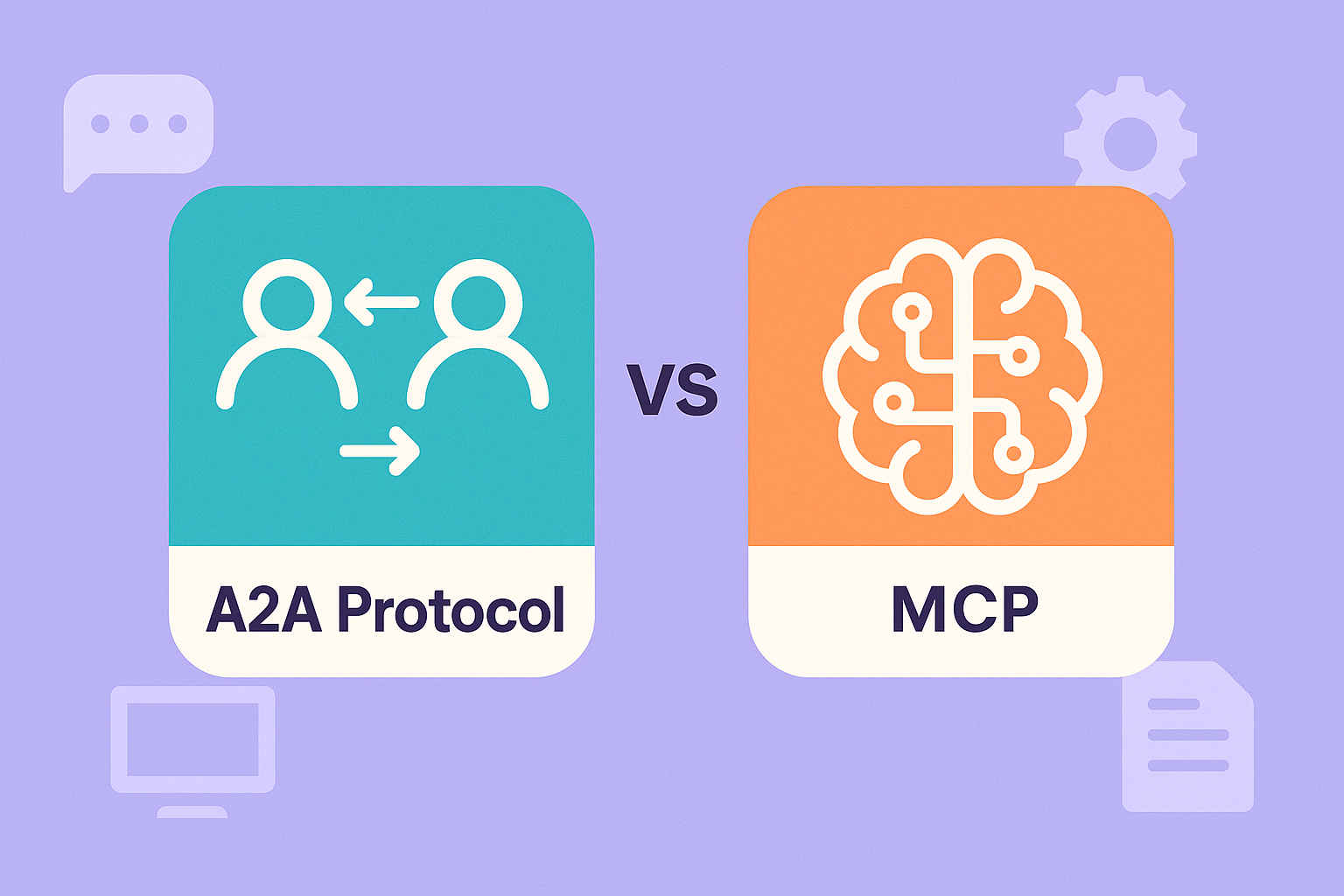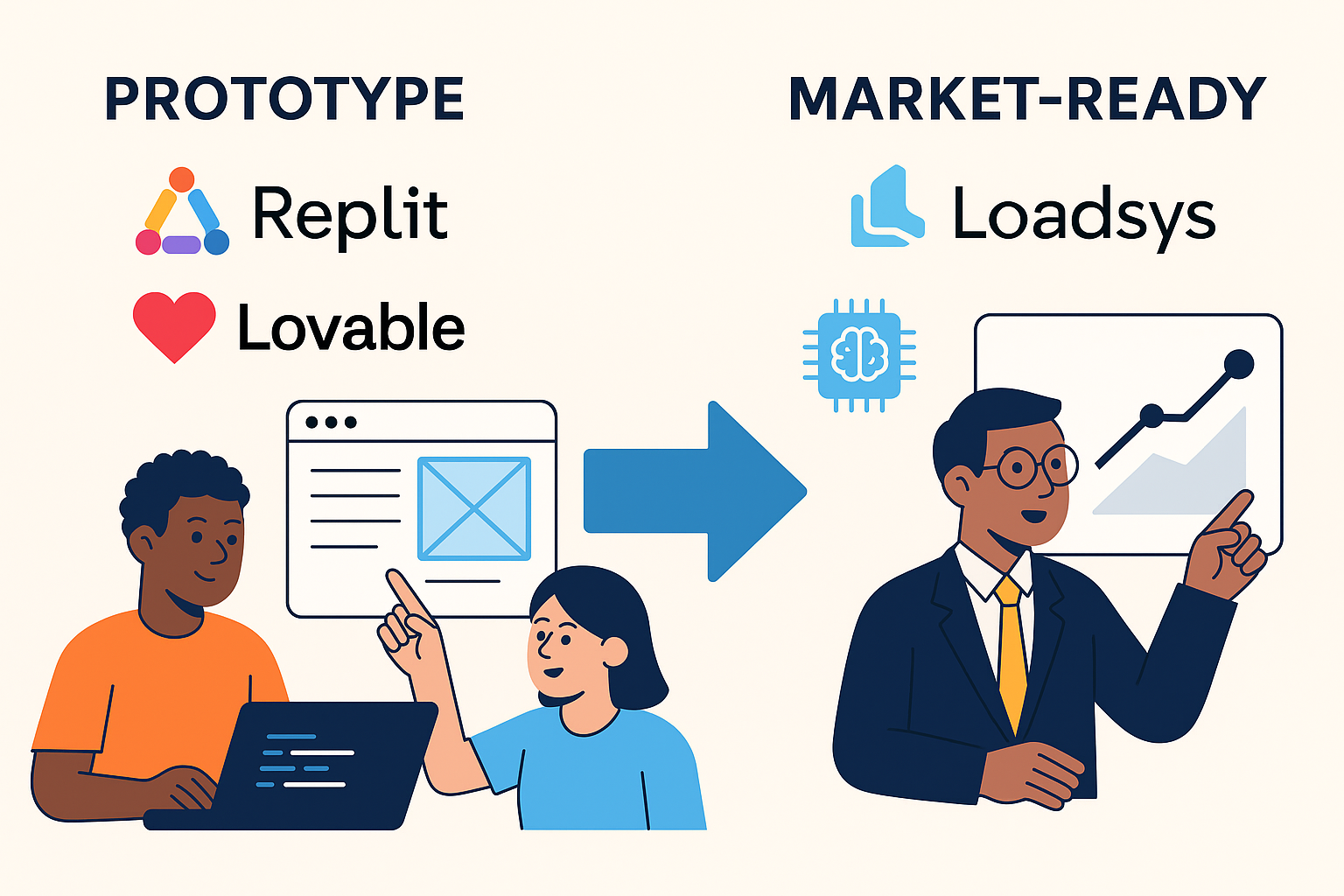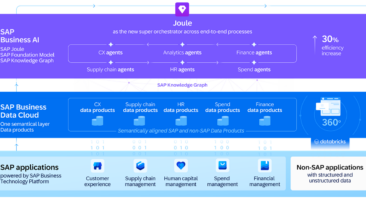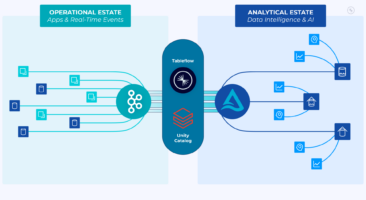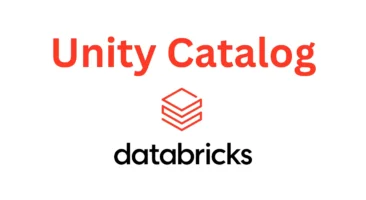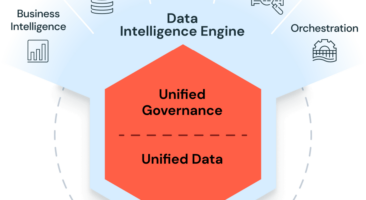A2A vs MCP: Navigating the AI Protocol Landscape
As artificial intelligence systems mature, it’s not just the models themselves that matter — it’s how they interact with other systems. Increasingly, the real breakthroughs come not from a single powerful model, but from protocols that let models and agents work together seamlessly.
Two such protocols, A2A (Agent-to-Agent) and MCP (Model Context Protocol), are quickly becoming essential for next-generation AI architecture. They solve different problems, but together they create the foundation for scalable, intelligent ecosystems.
What Are A2A and MCP?
• Model Context Protocol (MCP): Think of MCP as the bridge between language models and the outside world. It standardizes how LLMs request and consume context from tools, APIs, and databases. For example, MCP enables an agent to call functions like `getCustomerRecord` or `generateInvoice` without custom glue code each time.
• Agent-to-Agent Protocol (A2A): A2A focuses on the conversation between agents themselves. It creates an open, secure standard for agents to discover each other, communicate across platforms, and collaborate dynamically. Instead of building siloed agents that can’t “talk,” A2A enables networks of agents to cooperate — sharing tasks, responsibilities, and capabilities.
Why Protocols Matter
Without common protocols, every AI project risks becoming a one-off integration. Custom APIs, brittle connectors, and siloed systems slow down adoption.
Protocols like A2A and MCP bring:
• Interoperability – agents and tools can work together out of the box.
• Scalability – organizations can add new agents or tools without rebuilding the whole system.
• Security & Governance – standard patterns for authentication, discovery, and access.
• Future-Proofing – by adopting open standards, teams avoid vendor lock-in and stay adaptable.
Side-by-Side Comparison
| Feature | MCP (Model Context Protocol) | A2A (Agent-to-Agent Protocol) |
| Purpose | Tool integration and context injection | Cross-agent communication and collaboration |
| Architecture | Centralized HTTP / JSON interface | Decentralized, platform-agnostic messaging |
| Strengths | Easy tool invocation, modular design | Scalable, interoperable, future-proof |
| Best For | Empowering LLMs with external context | Building multi-agent, distributed AI systems |
| Analogy | A translator that lets models talk to tools | A phone network that lets agents talk to each other |
Use Cases
• When MCP shines:
– Customer service AI that needs real-time access to CRM data.
– A document assistant that must fetch files from multiple storage systems.
– Any single-agent system that depends on structured external context.
• When A2A shines:
– Coordinating multiple specialized agents (e.g., finance, legal, compliance) to collaborate on complex workflows.
– Enabling agents across different vendors or departments to communicate.
– Creating agent “marketplaces” where discovery and interoperability matter.
• When they work best together:
Imagine a compliance-checking agent (via A2A) that collaborates with a customer-data-fetching tool (via MCP). A2A handles the communication between agents; MCP ensures each agent can connect to the right underlying systems.
Why They Work Better Together
Recent demonstrations show that A2A and MCP can be unified into a single architectural pattern:
• Agents discover and talk to one another via A2A.
• When an agent needs a tool or external resource, it invokes it via MCP.
This pairing creates a holistic architecture where:
• Clients have a single, unified interface.
• Agents can scale horizontally, while tools integrate vertically.
• The system remains consistent, modular, and LLM-native.
What This Means for LoadSys Clients
At LoadSys, we believe protocols like A2A and MCP will define the next decade of AI development. They ensure your investments in AI today are scalable, interoperable, and secure tomorrow.
Here’s how we help:
• Solution Architecture: We map where A2A and MCP make sense in your stack, ensuring you’re not reinventing the wheel.
• Integration Expertise: Our team configures A2A for agent collaboration while connecting MCP to your databases, APIs, and legacy systems.
• AI-Augmented Development: By leveraging AI-assisted coding, we speed up delivery without sacrificing reliability.
• Future-Ready Systems: We implement with open standards to minimize lock-in and maximize extensibility.
For example, if you’re piloting an internal AI assistant, we can connect it (via MCP) to your ERP and CRM while enabling it (via A2A) to coordinate with other specialized agents, like forecasting or compliance bots.
Final Thoughts
MCP gives your AI agents access to tools and data. A2A gives those agents the ability to collaborate and scale. Together, they form the backbone of truly distributed, intelligent systems.
At LoadSys, we don’t just follow these emerging standards — we help clients design, integrate, and deploy them into production-ready environments.
👉 Want to explore how A2A and MCP could shape your AI strategy? Let’s talk.
Reach Us
Contact us for a free consultation.
We would love to hear about your project and ideas.








